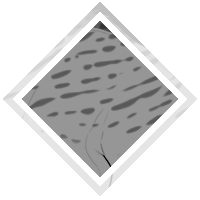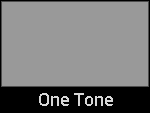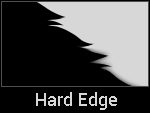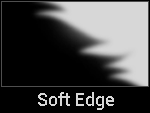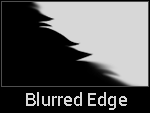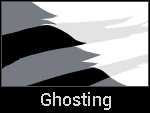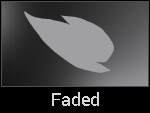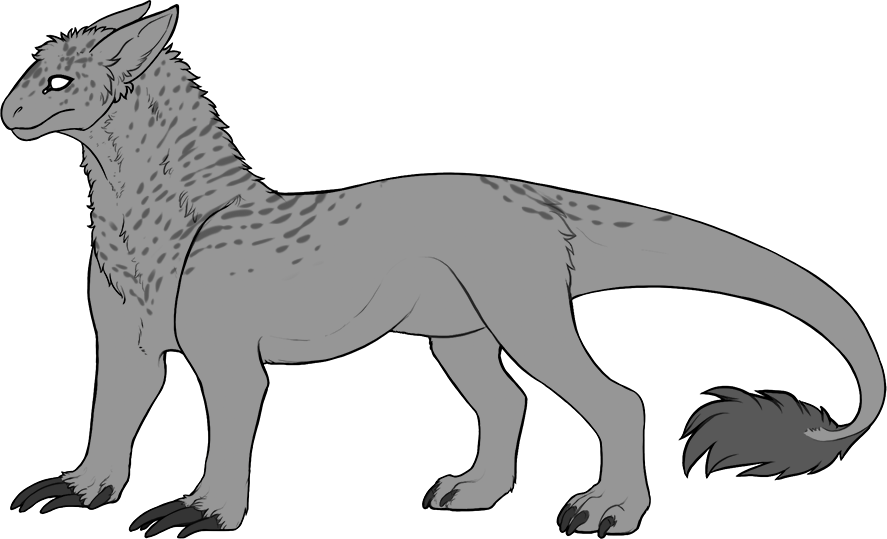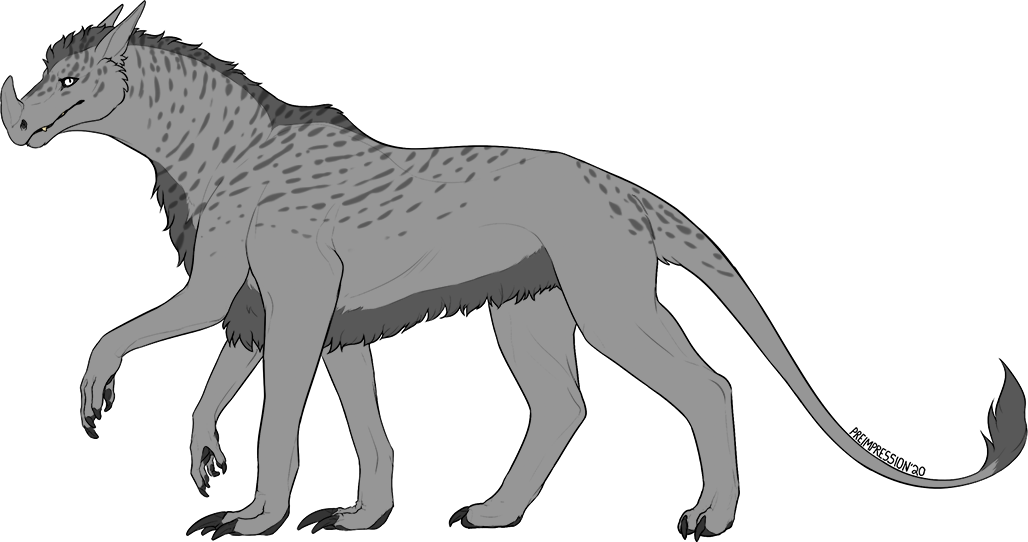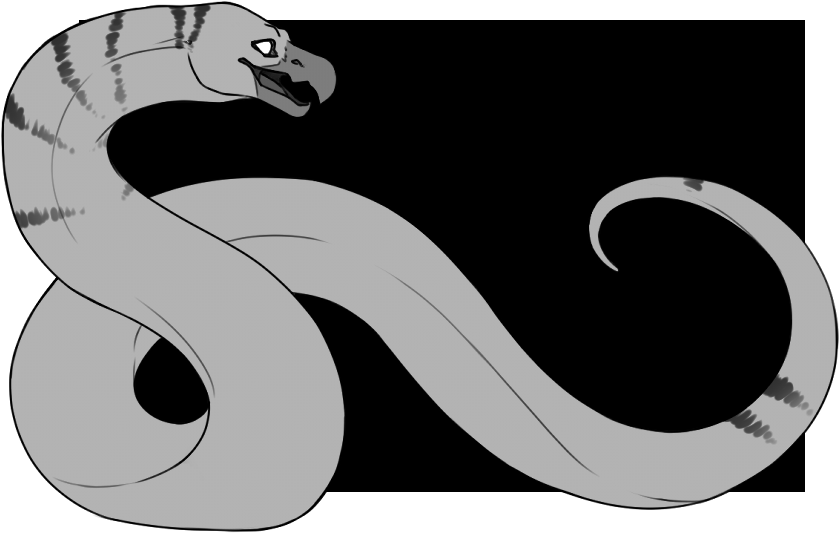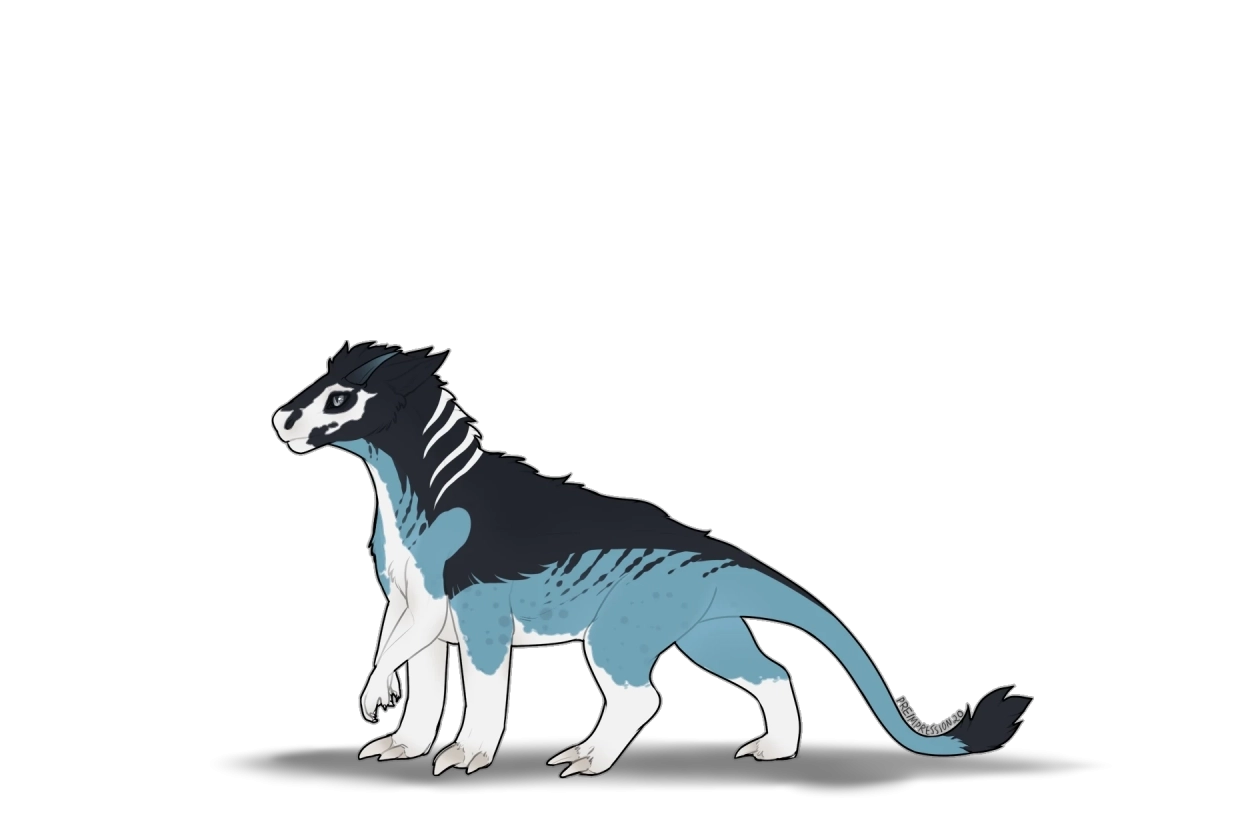The barring gene creates a pattern similar to the flecked markings seen on the wings and bodies of Earth owls and kestrels. Dark pigment appears as broken bands, mostly gathering around the neck and tail but often spreading across the rest of the body. These markings are irregular and give the impression of uneven, organic and fairly rounded stripes or scattered spots, as the bands break apart and drift over larger areas. The barring is always darker than the base coat and stays a solid color unless influenced by other genes.
Barring generally follows the curvature of the body in its broader placement, but can vary in individual bars. It should never be very sharp or split, and the barring bands should be broken up enough to not be mistaken for the Stripe or Okapi genes.
The raptor variant is a lineage-based variation where barring's individual shapes make take on a more rounded shape, reminiscent of crescent moons or chevrons. See the ancestors for examples.
Only colonists who have the following natives in their visual ancestry or have a visible ancestor with raptor barring may, in turn, have raptor barring.
Raptor barring does not show in the phenotype.
